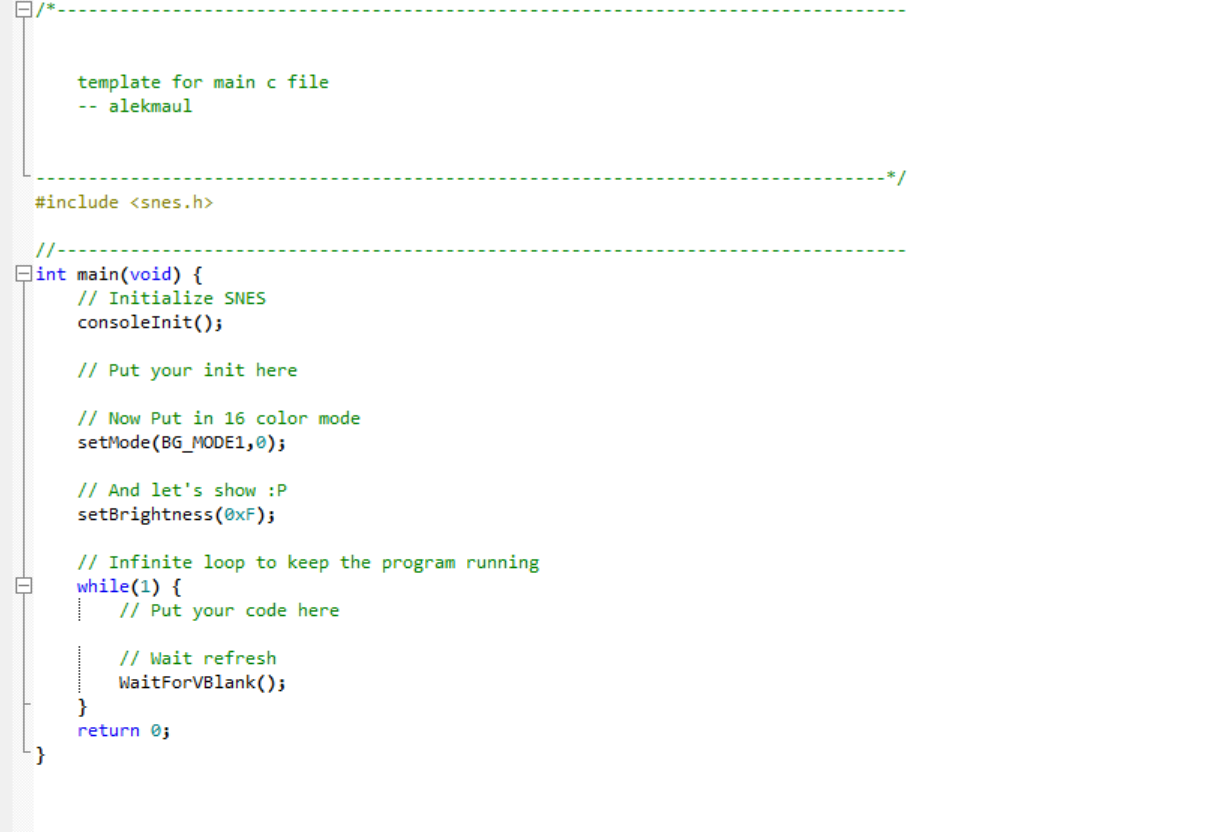To set up PVSNESlib, follow the Wiki, it's very well done: https://github.com/alekmaul/pvsneslib/wiki/Installation-with-Windows
For code editor, the Wiki suggest Programmer's Notepad: https://www.pnotepad.org/
Personally, I generally use Scite; https://www.scintilla.org/SciTE.html
If you never programmed in C though, you should be prepared to spent some time navigating the "oddities" of the language. It's very a powerful language, but it also require some "good habits" to avoid nasty bugs. But don't get discouraged / overwhelmed by the apparent complexity of C. To make a simple SNES game you don't need to master all the language features (for example, if pointers seems hard to grasp at first, you can make a game without them). And the more you code in C, the more natural it'll be :).


